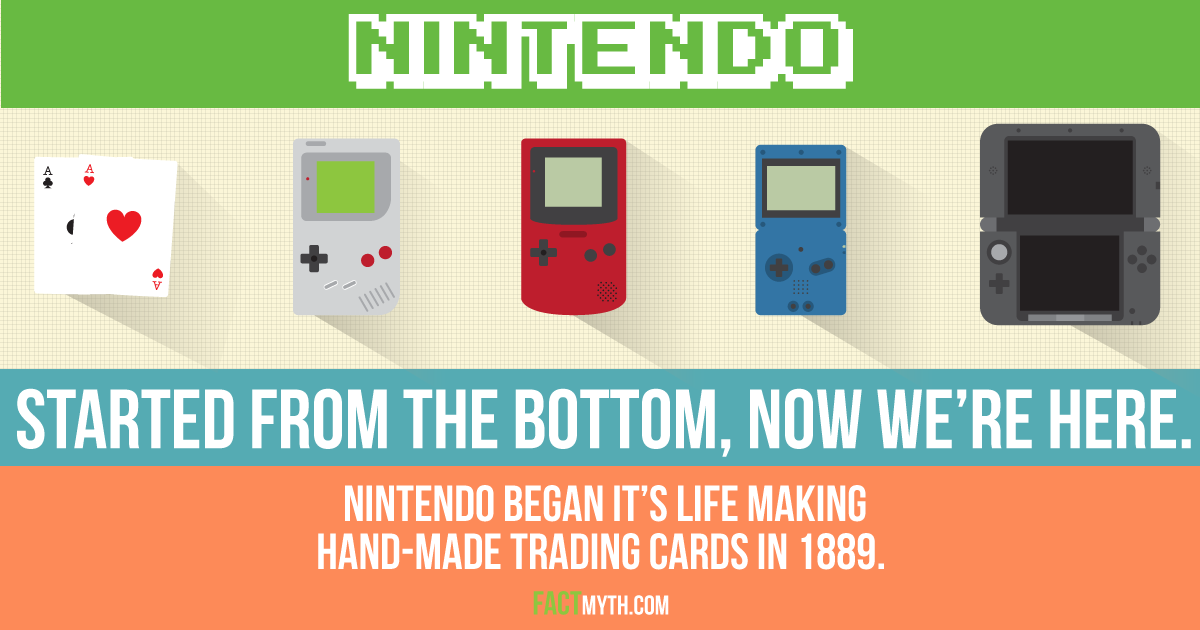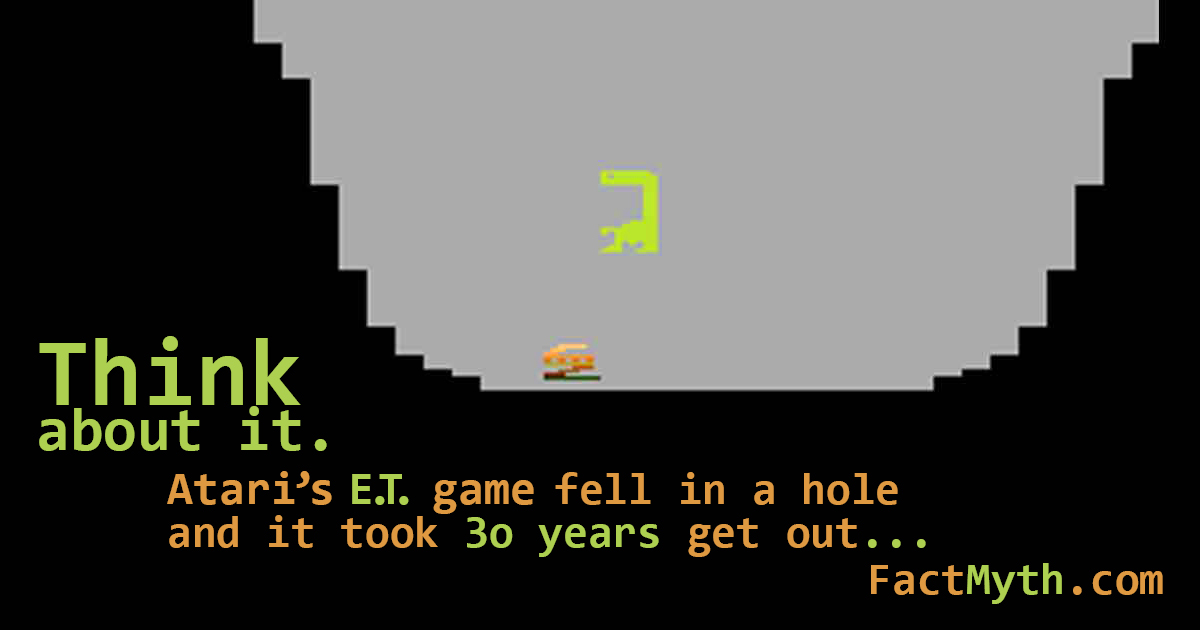Licensing and Media Tie-Ins Saved LEGO

LEGO struggled from 1998 to 2004, nearing bankruptcy, but licensing and media tie-ins helped revitalize the company and the LEGO brand name.
Games and toys is a broad subject that includes toys, board games, video games, and more.

LEGO struggled from 1998 to 2004, nearing bankruptcy, but licensing and media tie-ins helped revitalize the company and the LEGO brand name.

Wolfenstein 3D (1992) popularized the First Person Shooter (FPS) genre, building on mechanics of earlier 3D maze games like Maze War (1974), Spasim (1974), and MIDI Maze (1987).

In 1977 Kenner’s Star Wars toys popularized collectible action figures helping to create a second business for Hollywood and a cult following for Star Wars.

Charles Darrow patented Monopoly in 1935, but he didn’t invent the game. It is a variation of “the Landlord’s Game” patented by Lizzie Magie in 1904.

David Arneson invented “the experience points system” and “leveling up” (common features in role playing games) while working on a precursor to Dungeons and Dragons called Blackmoor with Gary Gygax.

Nintendo was founded in 1889 as a playing card (hanafuda) company, nearly a century before the release of the Nintendo Entertainment System in 1985.

After ‘the North American Video Game Crash of 1983’ unsold copies of Atari’s E.T. were buried in a landfill in a New Mexico desert along with other Atari games.

Computer Space became the first mass produced arcade video game in 1971. It was released the year before it’s creators formed Atari and created Pong

Nintendo’s Power Glove, released in October 1989, was the first mass marketed gesture-based gaming controller.

The main playable character in the Legend of Zelda franchise is a boy named Link who often attempts to save the title character a girl named Princess Zelda.